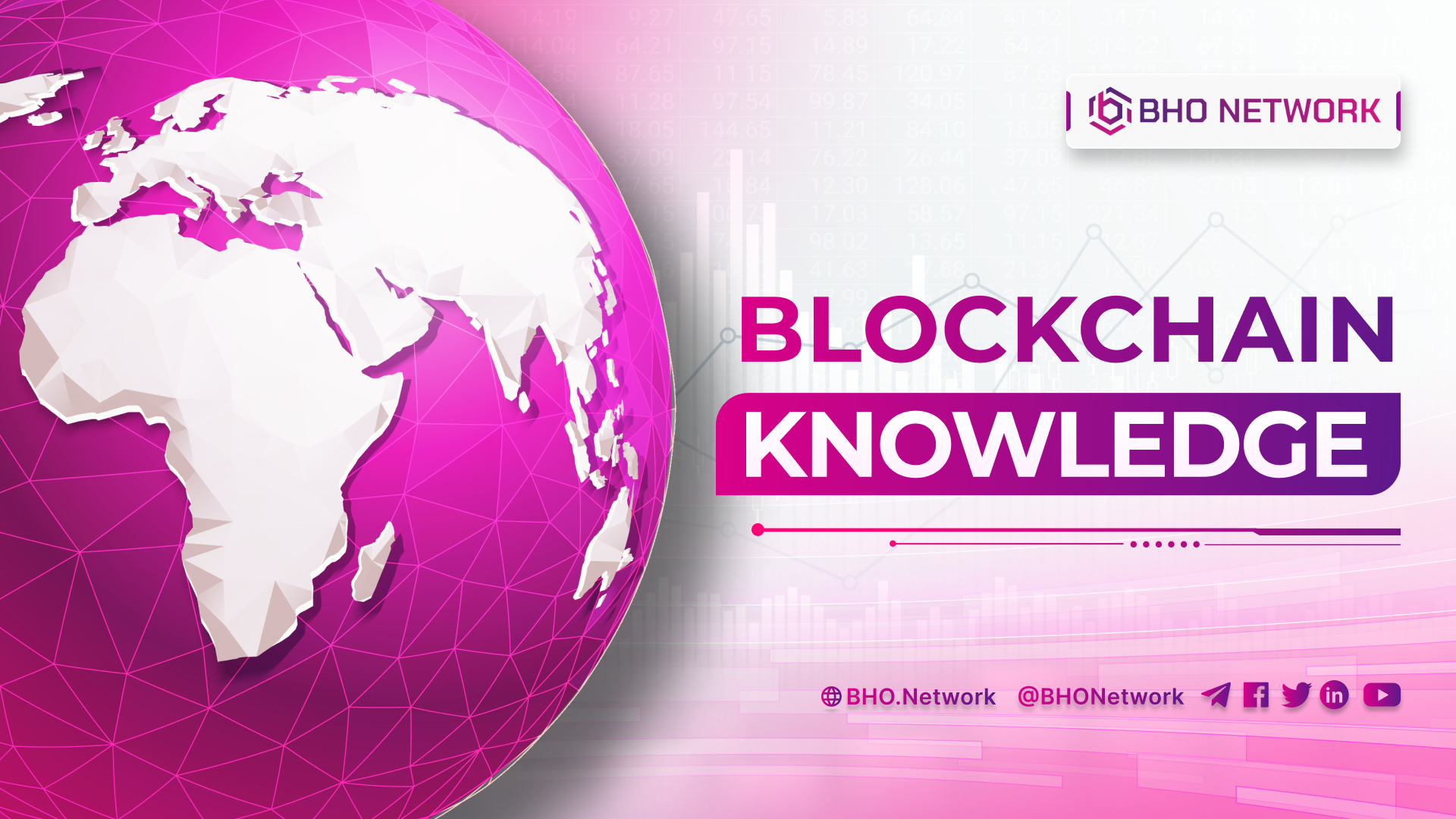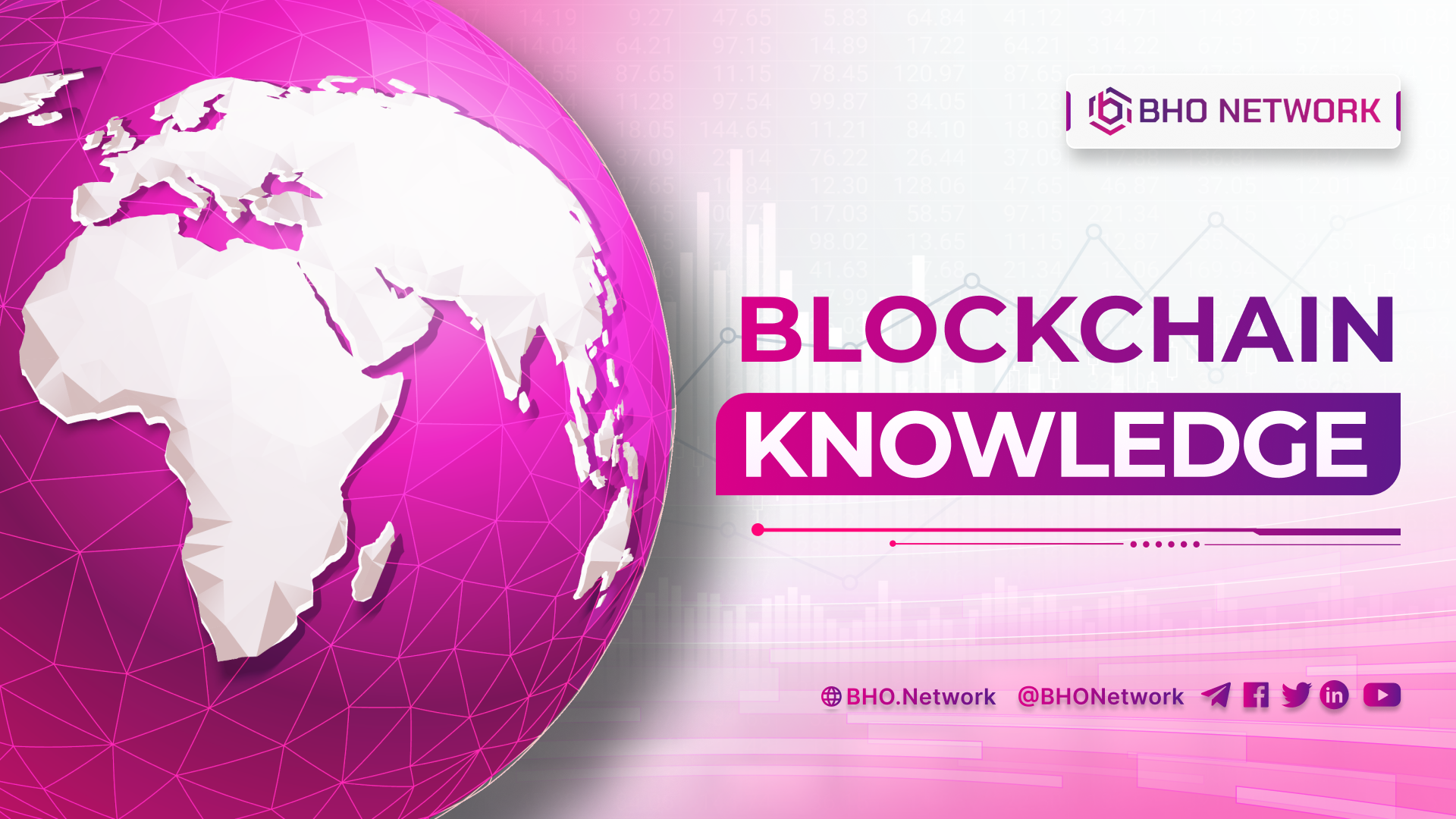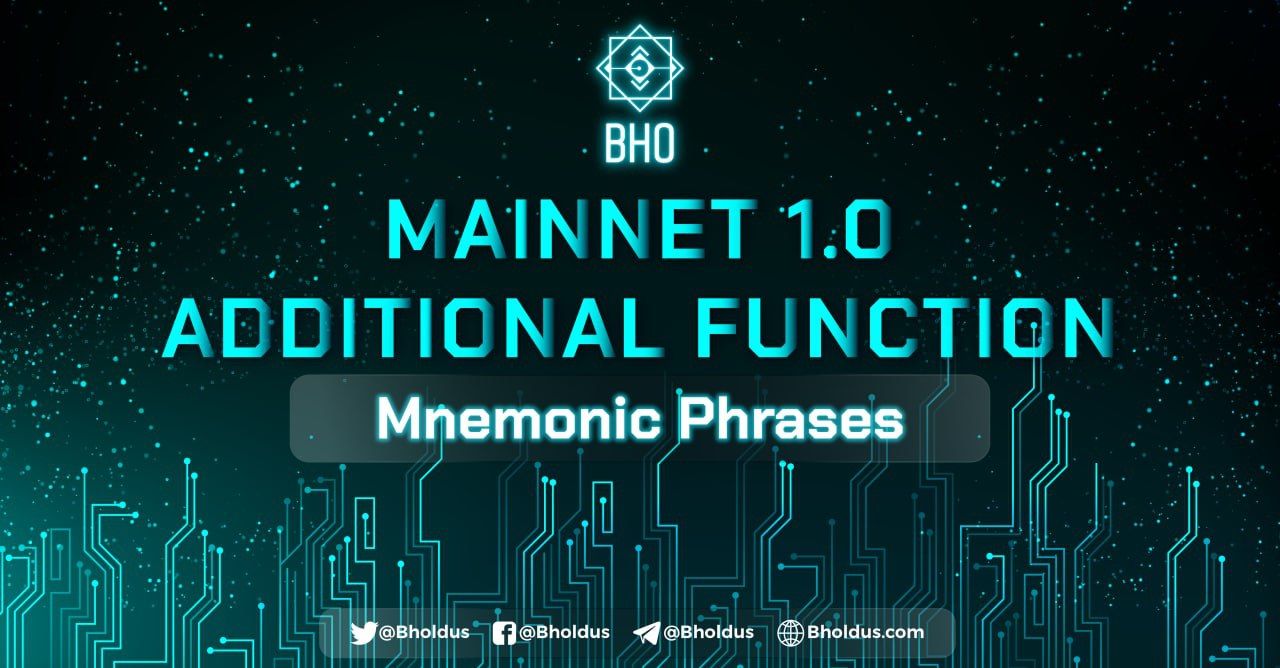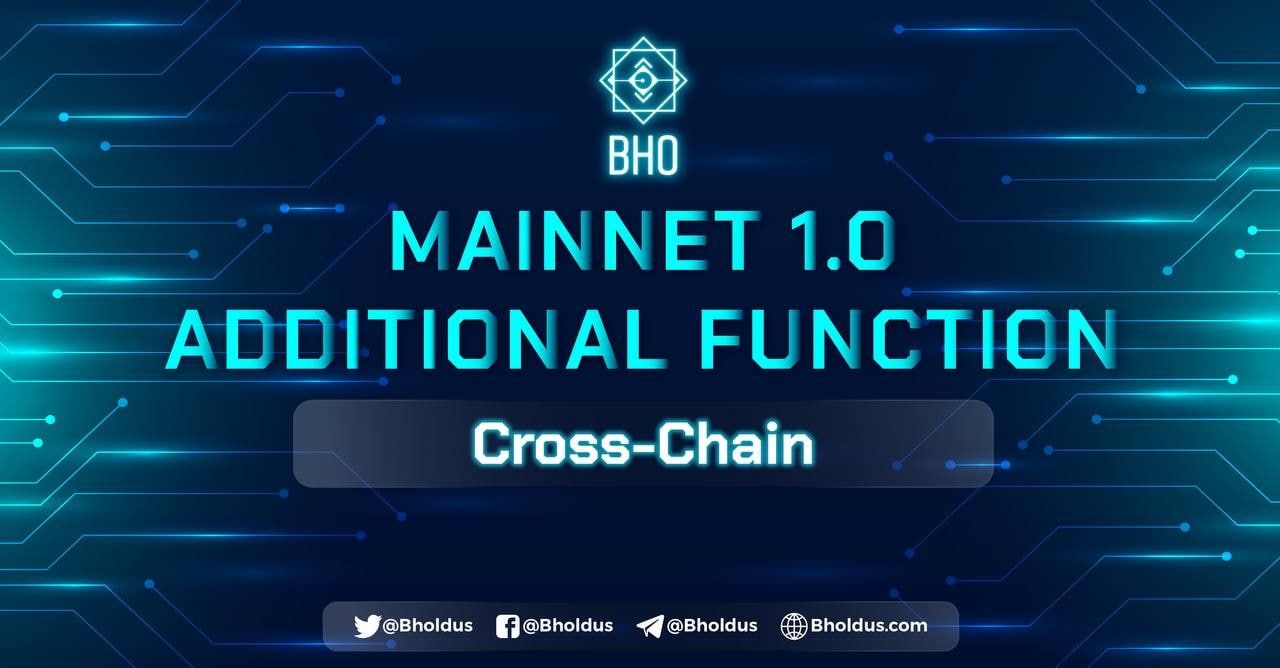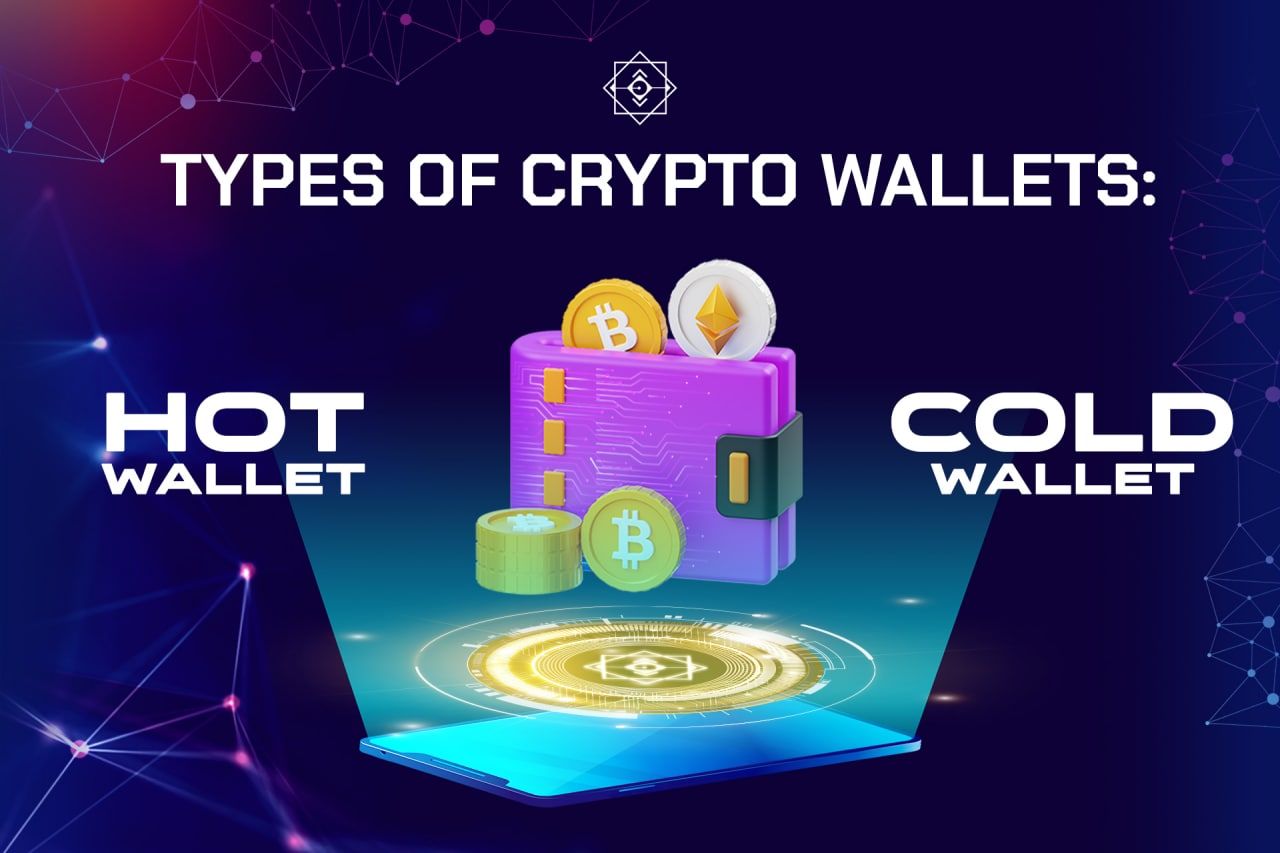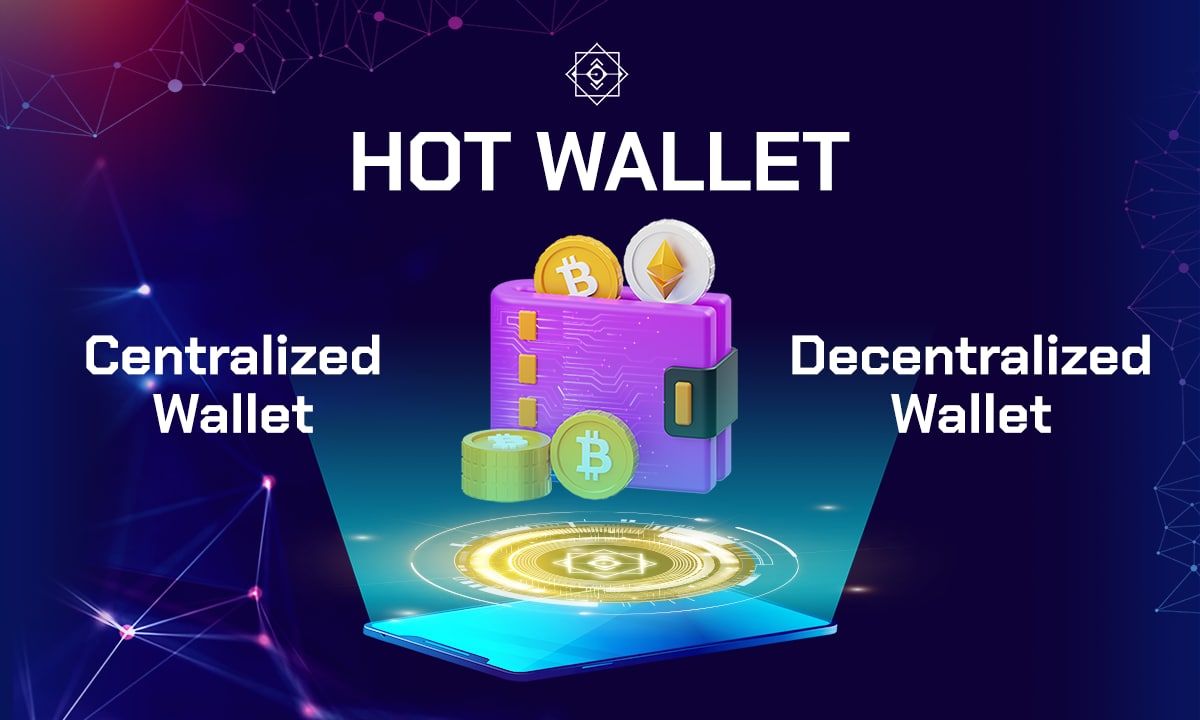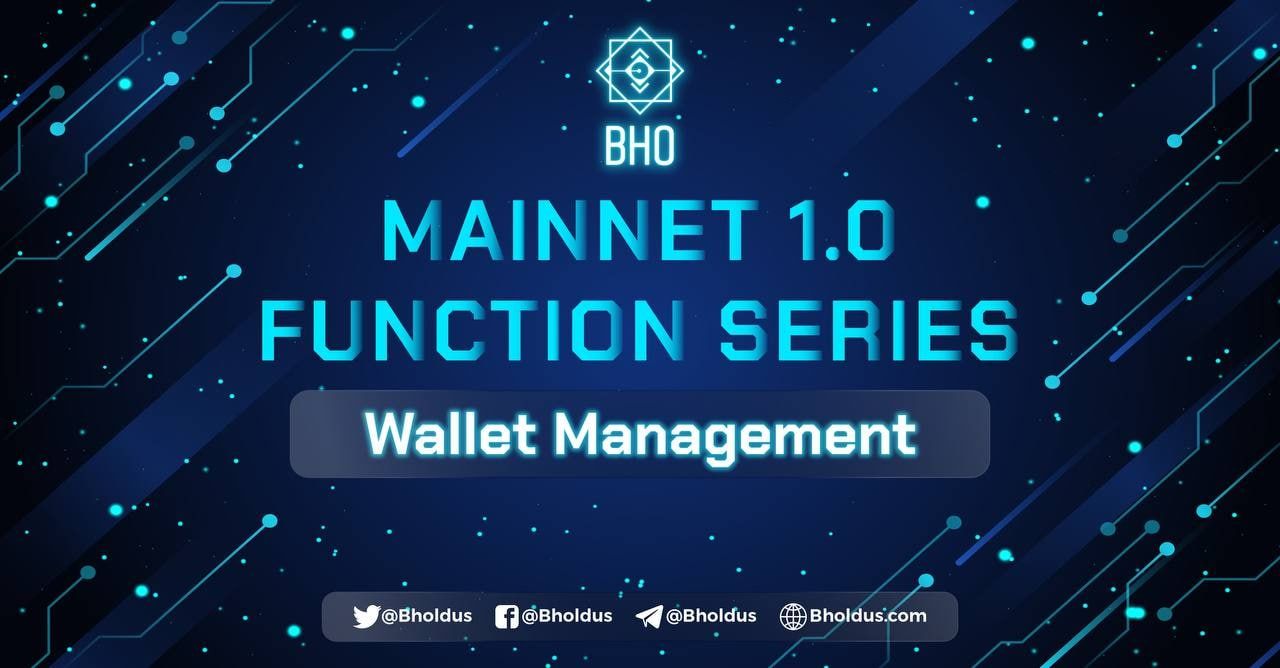- Blog
- Crypto News
- What is Cross Chain? All you need to know about Cross Chain
What is Cross Chain? All you need to know about Cross Chain
- 1. What is Cross Chain?
- 2. Why was Cross Chain born?
- 3. Why is Cross Chain important to Defi?
- 4. Pros and cons of Cross Chain
- 5. How Cross Chain works
- 6. Types of Cross Chain
- 6.1 Isomorphic Cross Chain
- 6.2 Heterogeneous Cross Chain
- 7. Interactions of Blockchain
- 7.1 Centralized
- 7.2 Atomic Swap
- 7.3 Representative token
- 7.4 pTokens
- 8. The most prominent Cross Chain platforms
- 8.1 Cosmos
- 8.2 Fusion
- 8.3 Polkadot
What is Cross Chain? This is a technology that helps to increase the interoperability between blockchains. In the past, the Cross-Chain platform has also received much attention from the cryptocurrency world. So what's so outstanding about this platform that attracts so much attention? How does the mechanism work? Let BHO Network walk you through Cross Chain in this article!
1. What is Cross Chain?
Cross-Chain is a solution to help transfer crypto assets, data or Tokens from one Blockchain to another. This helps to optimise the ability to combine blockchains.
The Cross-chain platform was born because each Blockchain network will have a different structure, so the protocols that help transfer assets are still limited. For example, it is tough for Vietnamese people to use the Chinese Yuan to pay expenses in Vietnam, and it is also difficult for the Chinese to spend VND in China.
2. Why was Cross Chain born?
As the Blockchain industry expands and develops, new Blockchain protocols are also launched. However, most operate in parallel and have little to do with each other. Therefore, users cannot directly trade one token with another without a centralized exchange (CEX) involvement.
For example, Binance Smart Chain and the Ethereum platform both support USDT. However, users cannot directly send USDT from the Binance Smart Chain Blockchain to Ethereum or any other Blockchain.
It has created separate ecosystems that cannot interact with each other. Therefore, the DeFi platform and Blockchain technology have been detained from development.
Therefore, interactivity between Blockchains is necessary to overcome the limitations of current Blockchain protocols. This provides greater security, more scalability, and faster block validation. And the birth of Cross-Chain aims will help us solve this problem.
3. Why is Cross Chain important to Defi?
Blockchain technology and DeFi are changing the way life works today. All centralized operating models, such as banks and applications, are on the Blockchain protocol. From there, it is possible to solve the weaknesses of centralized models (long transaction time, centralization, high costs).
Without the advent of Cross Chain, DeFi would likely be in its infancy forever. Think of every individual Blockchain as a separate economy. If these economies cannot work and interact with each other, then the ecosystem cannot grow and take over the financial world.
The DeFi platform is gradually heating up through the increasing amount of money pouring into its protocols. When WBTC was launched, over $1 billion worth of BTC was locked in DeFi protocols. If the Cross Chain protocol develops, the interaction between Blockchains is simplified, and this number will surely increase even more.
The projects on Cross Chain protocol have been formed based on that. It can be said that the Cross Chain solution will revolutionize the DeFi world. Besides, Cross-Chain DEX will accelerate adoption and development, making the way for a new financial system with easy communication between blockchains.
Read more: What is Metaverse? All the information you need to know about the Metaverse
4. Pros and cons of Cross Chain
So what are the pros and cons of Cross Chain? Is this a potential platform? Let's check it out down below!
Pros
The Cross Chain protocol is expected to lay the foundation for the mass adoption and widespread use of Blockchain technology. The combination of decentralized Blockchains and the interoperability of the Cross-Chain platform promises to usher in the adoption and use of blockchains.
The compatibility of Cross-Blockchain makes communication easy without any intermediary platform. The Cross Chain platform allows the transfer of information and value between blockchains.
Cons
Building Cross Chain applications are notoriously difficult to implement because of existing Cross Chain infrastructure issues. The first is that token bridges have significant fragmentation. Also, messaging protocols are mostly application-specific services in two separate chains.
On the other hand, many bridges focus on weak security, lack reputable node operators, and increase costs and processing time for end users. Several of these vulnerabilities and limitations have resulted in the loss of millions of dollars and caused problems for Cross Chain innovation.
Moreover, when the technology has been formed, it is necessary to go through the practical application and testing process. Therefore, it will take a lot of time in the future.
5. How Cross Chain works
There can be no single approach to how the Cross Chain protocol. Different Blockchains will adopt other methods of operation depending on interoperability to facilitate transactions on multiple Blockchains without needing a centralized solution or a third party.
Here are a few standard operating methods of the Cross-Chain platform.
Validator
The validator can interact with multiple target chains, conduct transactions, and store data. However, the downside of Validator is its poor security.
Stateless SPV
Stateless SPV uses smart contracts to validate several proof-of-work (PoW) records. Besides, Stateless SPV is also relatively cheap and can be customized for many use cases.
Relay
Relay allows a smart contract to appear on a particular Chain to verify what transactions, block headers, and events take place on a particular Chain. This mechanism can verify specific titles on request and all thread history. The weakness of Relay is that the operation is often quite expensive.
Merged Consensus
Merged Consensus uses Relay Chain, which increases two-way interoperability between chains. To execute this method, you must build the string from the beginning. Some projects like ETH 2.0 or Cosmos all apply the Merged Consensus.
Federation
Each group of reputable parties is chosen to confirm most of the events of one chain in another. Federation is a pretty efficient way to operate, but this mechanism requires trust in a third party. This is the biggest limitation of the Federation because it breaks the entire decentralized nature of the Blockchain platform.
6. Types of Cross Chain
Based on technological factors, the Cross Chain protocol is divided into two types: Isomorphic Cross Chain and Heterogeneous Cross Chain.
6.1 Isomorphic Cross Chain
For this Cross Chain, the block verification, security mechanism, network topology and consensus algorithm are consistent, and Cross Chain interaction is relatively simple. Tendermint-based development chains like Cosmos can use isomorphic cross-chaining. You can understand the simple working mechanism like this.
For example, when you have two chains X and Y. The way to transfer assets back and forth between these two chains is that both must be registered with each other first. They send ChainID and Genesis Block to each other for confirmation.
Next up, you must send Cross Chain transaction PackageTx to X to request it to be sent to Y. Chain X will receive the request and notify chain Y about this event.
6.2 Heterogeneous Cross Chain
A heterogeneous Cross Chain is more complex than an isomorphic Cross Chain because Heterogeneous Cross Chain has no consensus on a consensus algorithm and security mechanism between chains.
In terms of the Heterogeneous transfer mechanism, the process is quite similar to the Isomorphic Cross Chain. On the other hand, to solve this inconsistency, the solution to use is a third-party service platform applied to store transactions.
For example, in the case of Cosmos with heterogeneous chains, Peggy or PegZone will be a third-party service. Each PegZone will have five parts: Smart Contract, Witness, PegZone, Relayer and Signer. The Heterogeneous Cross Chain will perform the conversion between the chains here.
It can be said that it is the difference between the chains that create the distinct Cross Chains. This is why Cross-chain DEX becomes harder to develop. Each project will have to handle both cases at the same time.
Most of the problem lies in the inconsistency between the chains. Therefore, the Cross Chain platform needs to process to accommodate all.
7. Interactions of Blockchain
So, what interactions does Cross-Chain Bridge have? Currently, the platform has four types of interactions.
7.1 Centralized
Communication Centralized communication is the most authentic way that users have been doing since Blockchain was born. That is the rise of more and more cryptocurrency exchanges. Users will spend money to buy a certain cryptocurrency. Next, the transaction will be bought or sold in exchange for another currency.
This method is complicated and like a traditional transaction. As the Blockchain platform is increasingly accepted, you can also own cryptocurrency on your Paypal Account without using traditional exchanges. Therefore, centralized communication is not necessarily the optimal solution to that problem.
7.2 Atomic Swap
Atomic Swaps are a Cross Chain value exchange method, that allows users to exchange their cryptocurrencies. The principle of Atomic Swaps is based on a kind of time-locked contract called a Hashed Time Lock Contract (HTLC).
Imagine the HTLC as the mailman. When you want to swap 1 Token X to 1 Token Y, you must put both those Tokens in HTLC at the same time. Next, HTLC will conduct a transaction to move the value on the Internet. So, there won't be any Cross Chain communication going on here.
However, this solution also has its weaknesses. To be able to conduct a value transfer transaction, Atomic Swaps must satisfy both of the following conditions:
First: Both Blockchains must have the same hashing algorithm. It means that if you apply Atomic Swaps to Ethereum with Bitcoin, it will not work.
Second: Both Blockchains must support Hashed Time Lock Contract execution.
We will still have shared Blockchains with each hashing algorithm, but this number is relatively small. And obviously, this will not represent the whole. Therefore, it isn't easy to expand with that solution.
7.3 Representative token
The representative token is an idea to Swap BTC into ERC-20. This makes it possible for BTC to be used in DeFi protocols of the Ethereum platform, which has always been a forbidden area for BTC. Through a 1:1 swap, BTC can be used on Ethereum.
In general, representative tokens also help Blockchains interact with each other. However, from another perspective, this seems like a temporary solution. Besides BTC, TRON or EOS cannot be used on the Ethereum platform.
Users still must go through the intermediary step of trading through another Token. Therefore, the representative token also has some limitations as follows:
- Centralization: The essence of the representative token is to have an intermediary check the issuance and withdrawal of WBTC. Therefore, this solution is still vulnerable to attacks over the Internet. Moreover, WBTC is not true to the original criteria, but currently, Blockchain is aiming for decentralization.
- Limitation: Representative tokens are currently only supported on Ethereum and Bitcoin platforms. So basically, WBTC's main goal is to bring BTC to the world of Ethereum. Maybe other platforms have solutions like that. However, it is only local and still does not solve the above problems.
7.4 pTokens
This is a project developed by the company Proven Things. All pTokens are publicly and transparently pegged to an underlying asset. Anyone can deposit into a Smart Contract pTokens involving a certain amount of an underlying asset like EOS or BTC and request a pTokens that can peg 1:1 like pEOS or pBTC.
In general, pTokens is similar to WBTC, except that pTokens is more diverse. At the heart of the matter, pTokens is still centrally managed by one company. You will not be able to develop a complete Blockchain model based on one or a few similar companies.
In fact, all of the above solutions still develop quite incoherent. It seems that those solutions are more about solving real-life needs than providing a comprehensive solution that can be deployed on a large scale.
Read more: What are NFT games? Top 20 Earning NFT Games in 2022
8. The most prominent Cross Chain platforms
So what are the most prominent Cross Chain platforms? And how does it work?
8.1 Cosmos
Cosmos is the first platform we want to mention in the list of Cross platforms. Here is some specific information about Cosmos: Concept and how it works Cosmos has a simple operating principle which is one of the types of Plug And Play model. Cosmos consists of 3 main components with the following way of operation:
- Cosmos Core (Tendermint): This is considered the brain of the Cosmos platform. All mechanisms are dealt with and arise from here. This core contains a Byzantine-based Proof Of Stake consensus algorithm and a peer-to-peer communication protocol similar to Bitcoin.
- Hub: Formed based on the Tendermint core. The Hub will help process and convert transactions from other Blockchains into the Cosmos platform when Plugging. Here the Swap Token process will take place.
- Zone: This is the part that connects directly with other Blockchain platforms. Each different Blockchain will have a different Zone. The reason is that each different Blockchain will come from a different standard. Therefore, there will be no standard that can be connected to all existing Blockchains. The IBC protocol is used to connect other Blockchains with Cosmos.
Pros and cons
The most outstanding advantage of Cosmos is its optimal ability. Cosmos is almost in charge of handling the tasks necessary for the Cross Chain process. One thing other Blockchains will have to do is Plug into Cosmos using different Zones. To fit each Blockchain, Cosmos will have to customize itself.
The downside of Cosmos is compatibility. The Cosmos platform has to depend on other Blockchains to design the corresponding Zone. So if that Blockchain changes, what will happen? For example, Ethereum is applying the PoW algorithm. However, at the launch of ETH 2.0, the PoS algorithm is applied, and the network of Ethereum will change. At that time, adjusting the Zone to match Ethereum will have to be updated manually.
Therefore, Cosmos' mission is to always listen for updates from the Blockchain so that it can adjust the connection if it is affected.
8.2 Fusion
The next Cross Chain solution that BHO Network wants to mention is Fusion. Let's find out the mechanism of action and the advantages and disadvantages of this solution!
Concept and how it works
Fusion is a project that Andre Croje - CEO of YFI, participates in as creator, technology and team leader. With its ambition set, Fusion is not just a simple cross-chain concept. So Fusion built different products to provide multi-chain and multi-way interoperability.
Fusion built a finance-related API. The platform allows developers to build their own financial applications to communicate with supported Blockchains in a Cross Chain manner. That helps enable the next generation of financial innovation. Fusion uses DCRM (Distributed Control Right Management) technology to do this. This is a form of distributed storage of Private Keys on systems using Sharding.
Pros and cons
The Fusion project is not simply Cross Chain but also a multi-data source and cross-platform. This is the highlight of Fusion compared to other solutions so far.
To achieve that, Fusion is supported by a team of leading professors in the field of computer science at prestigious universities. However, those same strengths are also a problem that Fusion needs to solve. With such a large amount of work, it would take a long time to come up with a complete solution.
8.3 Polkadot
The last outstanding platform that we want to introduce is Polkadot. How does this solution work? . Polkadot follows the architecture of the Cosmos network. The main chain is the Relay Chain, connecting to different Blockchains through the Bridge Chain bridge. Polkadot's model consists of five components as follows:
- The Relay Chain: It is the relay chain (the main Polkadot chain). The way The Relay Chain works is similar to the Hub in the Cosmos model. This is where all the independent Blockchains connect.
- Parachain: Also known as parallel chains. Parachain is built on top of the Polkadot, parallel to each other, similar to the Zone in the Cosmos system.
- The Bridge Chain: These are single chains that connect external Blockchain protocols such as the Ethereum platform with the main Polkadot chain. All cross-chain communications between the main Polkadot and outer chains pass through these chains.
- Validator: These nodes are used to validate everything on the Polkadot platform and add blocks to the main Polkadot chain.
- Collators: These are the Nopes that collect all the transactions that occur on the Parachains and send them to the Validators to add those transactions to blocks, which are later added to the main Polkadot chain.
Pros and cons
In general, Polkadot's architecture is similar to the Cosmos network. However, Polkadot has a different governance mechanism, providing cross-chain communication and more interoperability. The transaction and accumulation validation is also done separately, resulting in faster speed and efficiency.
Like Cosmos, Polkadot also has weaknesses related to scalability. Besides, Polkadot is just stopping at the Cross Chain protocol. Compared with Fusion, Polkadot will need to add multi-data source and cross-platform mechanisms to provide a total solution.
Related posts:
So far, we have provided thorough information to help you solve the question "What is Cross Chain?". The Cross-Chain platform has opened a new chance for DeFi. At the same time, it helps accelerate the adoption and development process, making way for a new financial system to maximize benefits for users. If you have questions about the Cross Chain, don't hesitate to contact BHO Network.
Published on July 25, 2022
Tagged topics
